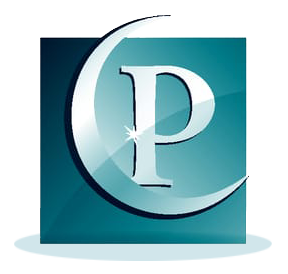
The sheer amount of technology devoted to sleep speaks to the enormity of the problem. Devices, drugs, home remedies, meditation—all of it designed to gain a few more winks of elusive slumber.
An article in LiveScience.com makes the case that technology itself has led to a lack of sleep. “All artificial light, including LEDs, fluorescent bulbs and incandescent bulbs, can interrupt normal sleep patterns,” writes Alina Bradford. “The body’s biological clock works in rhythms that are set by the amount of light and dark the body is exposed to. This is called the circadian rhythm.”
Most polls show that a third of Americans believe they don’t get enough sleep, and some of that is surely due to the ever-present glow of various screens. When it comes to sleep disordered breathing and/or obstructive sleep apnea (OSA), experts predict that 80% to even 90% of sufferers are undiagnosed.
Continuous positive air pressure (CPAP) therapy has justifiably emerged as the “gold standard” in the fight against OSA. Sleep experts such as Shad Morris, DMD, a sleep medicine specialist in St. George, Utah, agrees with the “gold standard” contention with a few important caveats.
“CPAP certainly works if patients will consistently use it,” he says. “The problem is that compliance has been historically low for a long time, in spite of manufacturer’s efforts to increase the comfort level of masks. Oftentimes, an oral appliance can be effective, and more comfortable, particularly for those who have mild to moderate OSA.”
Oral appliances, sometimes referred to as mandibular advancement devices (MADs) are another form of high technology these days, with a growing body of evidence to back up their effectiveness. “There is still a bit of turf war mentality among some sleep clinicians, and we need to get rid of that,” adds Morris. “Whether it’s oral appliances, CPAP, or something else, the most important factor to remember is that we must do what is best for patients.”




Comments are closed